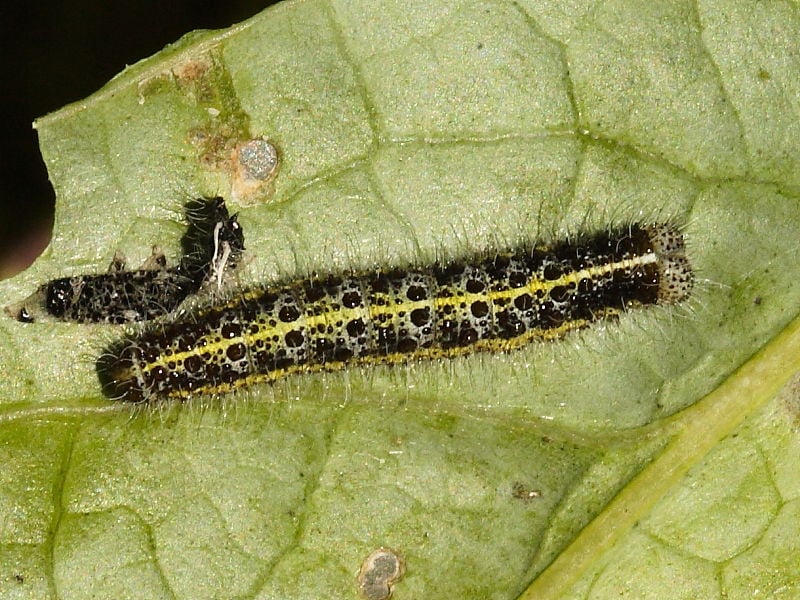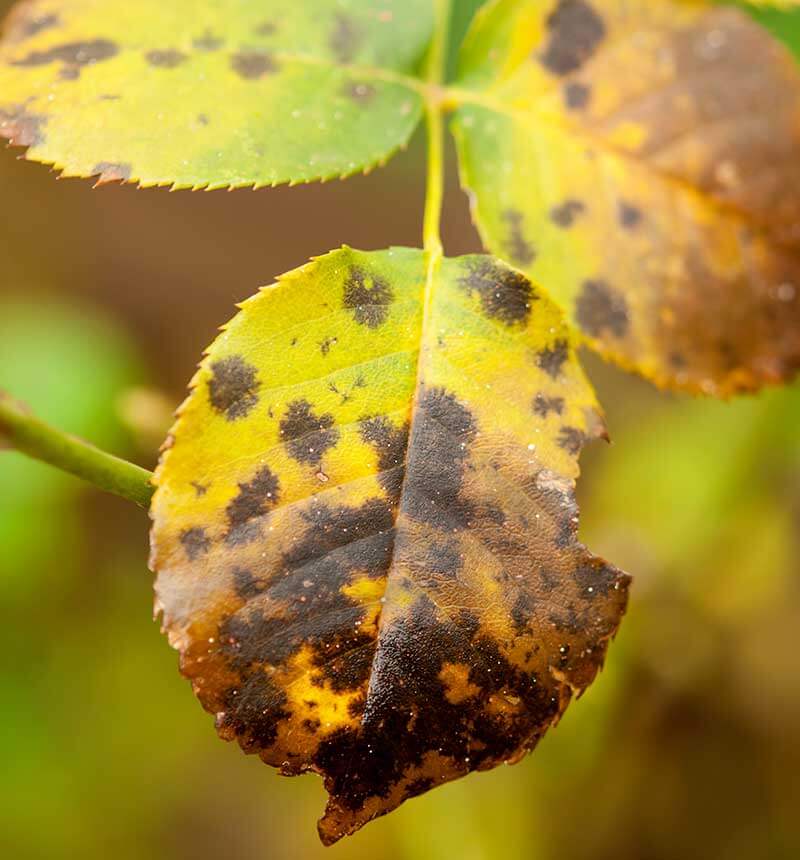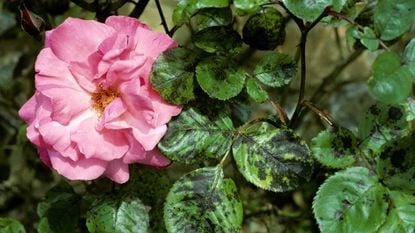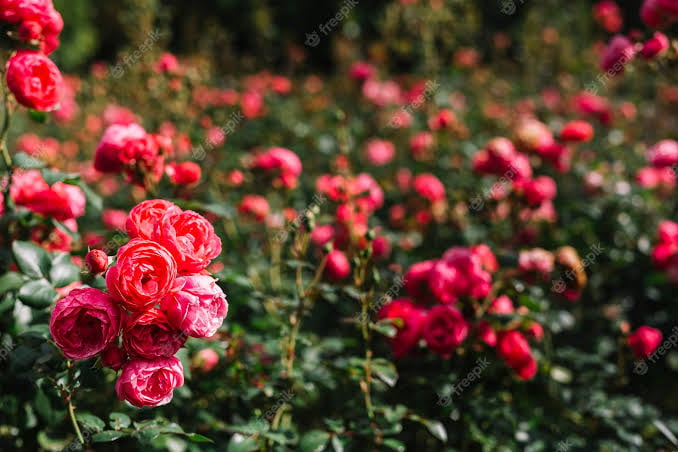Venus Fly Trap Caring Guide & Growing Tips in the UK
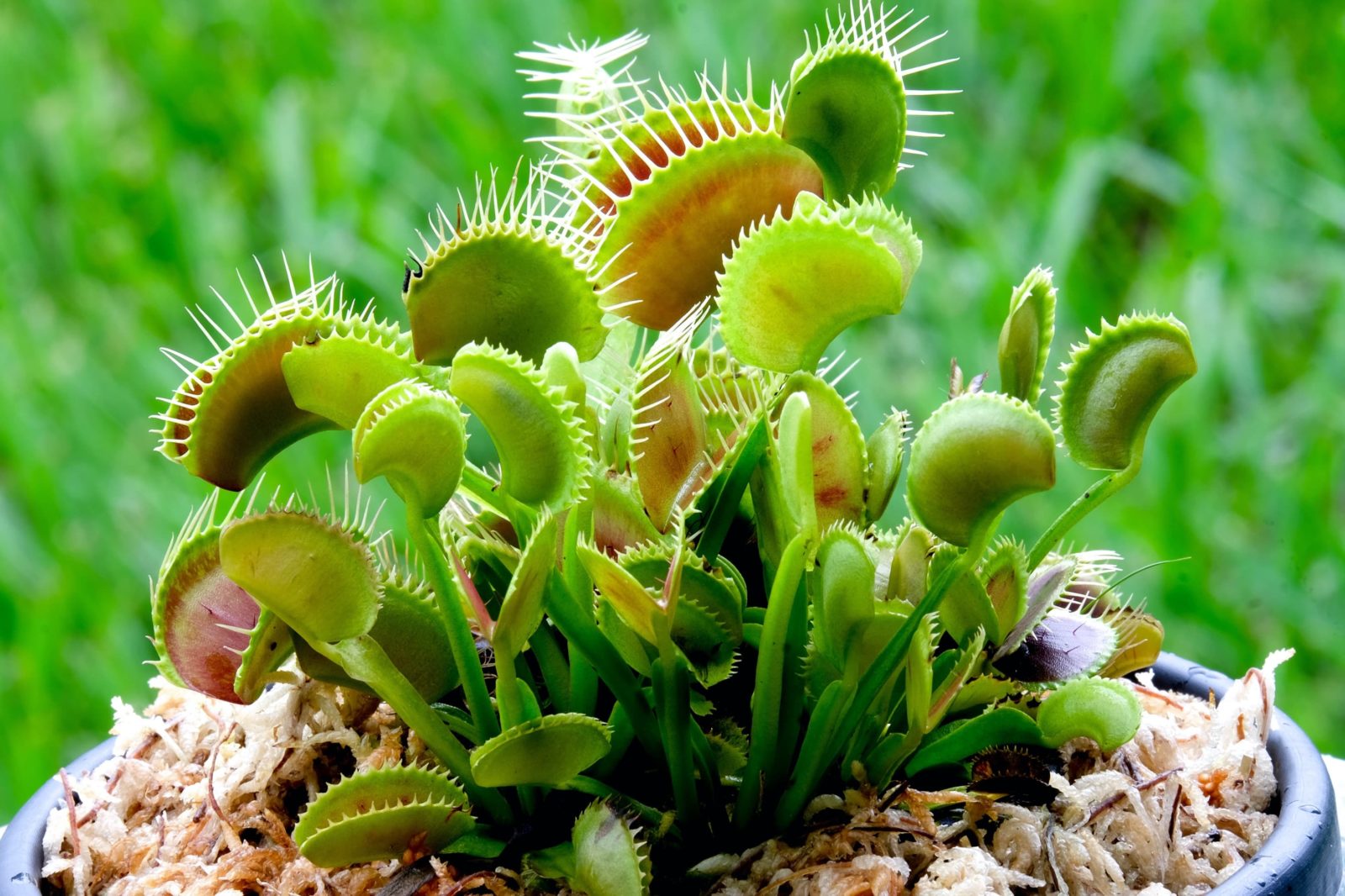
Table of Contents
When you think of a carnivorous plant, the first thing that comes to the mind must be a monstrous green plant with a red mouth and thorn-like teeth. Right? Well, you just imagined the most common carnivorous plant on this planet, a Venus Flytrap.
They trap more than just flies, trust me. Lately, people are keeping venus flytrap in their house as an indoor plant, and, no matter how much we deny it, it’s freaking amazing. If you ever wished to own something that everyone is jealous of, get yourself a bug-eating house plant.
Getting a venus flytrap is easy nowadays but taking care of it is a bit taxing. Read this article so that you can be an amazing parent to your new little green monster. Check the link down below t purchase your own exotic flytrap today!
I am pretty sure that we all believe that the Venus flytrap comes from the Amazons. Sorry to disappoint you but, Venus Flytrap is native to North and South Carolina US.
Today, those plants are endangered and, you will find them mostly in greenhouses, tucked away in a glass jar or some other similar container. So, buying this new little pet might be a bit heavy on your pocket.
Let us read through a few important points that you need to keep in mind. If you want your new additional family member feel welcome.
Soil
I know Venus Flytrap looks very intimidating, but they become fragile when taken away from their natural habitat. It is very much necessary that you condition the surrounding well to the plant’s preference, or you might end you killing it.
First come soil. You cannot use your regular potting soil for your Venus Flytrap. They need a peaty mossy medium or, you can try and make your own mix. Mix fine willed bark, lime-free horticulture grit, and perlite in the ratio of 2:1:1.
The medium should be acidic and moist. Can you use a cactus or succulent mix? Well, it’s better not to. If you are not too confident about the previous potting mix, try mixing perlite, silica sand along with peated moss in equal portion for you pot mix.
make sure that whatever you are using is nutrient-free and will provide good drainage along with aeration to your plant. Never use any fertilizer, compost, or your regular potting soil. It is a total no-no as it will kill your plant.
Water
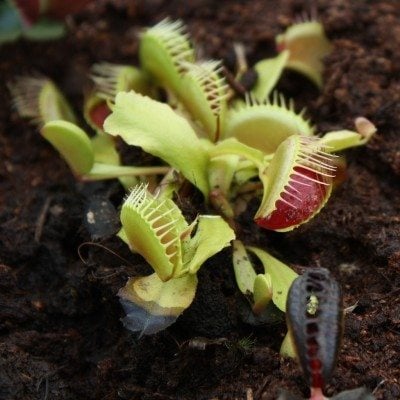
Water is the main thing when it comes to Venus Flytrap. You cannot just water your plant with your regular tap water. It is the most common mistake that people make. This one little mistake will kill your plant in moments. The plant will wither, turn black and die in front of you. You should never use bottled water, filtered water, tap water, or any water with nutrient.
What to use then? So, the Venus flytrap can only survive on distilled water and rainwater. I know it is not always possible for you to get rainwater for your Venus flytrap. So stick to just using plain old distilled water.
Click on the link below to learn how to make distilled water at home for your Venus flytrap.
Light
What about light? It is another factor that immensely affects the overall health and growth of your Venus flytrap. It is not possible to exactly replicate the environment of its native place. But what you can do is, give your plant abundant sunlight. How much is enough? Do provide your plant a solid 6 hrs of direct sunlight during its growing season.
If that is not possible, at the very least give your plant 4 hours of direct sunlight and indirect partial sunlight for the rest of the day. You should try and keep your plant at a southward-facing window so that the plant receives sunlight all day long. Direct sunlight is very much needed for the well-being of your venus flytrap so, do not miss that.
If you see that the interior of your plant is not pink enough, it means your plant is not getting enough sunlight and, if the whole plant starts turning red, you are giving it away too much sunlight! Do keep an eye out since you are trying to grow a plant in a foreign land whose climate is a hell lot different from what the plant is normally used to.
If you are keeping your Venus as a house plant and direct sunlight is impossible, try using grow lights such as T5.
Nutrients
A Venus Flytrap gets enough nutrients from the soil and can survive a month or two without eating a bug. In their natural habitat, they have a steady diet where they prey on small and medium insects. They lure in their prey with sweet-smelling nectar and, once the insect sits on their leaves, they get triggered and, the leaves shut close, killing it instantly.
The thorny trigger hair needs to be touched by the insect at least twice within 20 seconds for the plant to trap the prey. To save on energy, your smarty plant will start digestion only after it has caught at least five bugs.
You can feed your Venus Flytrap bugs such as small spiders, beetle, and caterpillar. A bit of damp fish food and bloodworm also does the work but, never feed your plant any meat. Use tweezers when you are feeding bugs to your plant.
Care
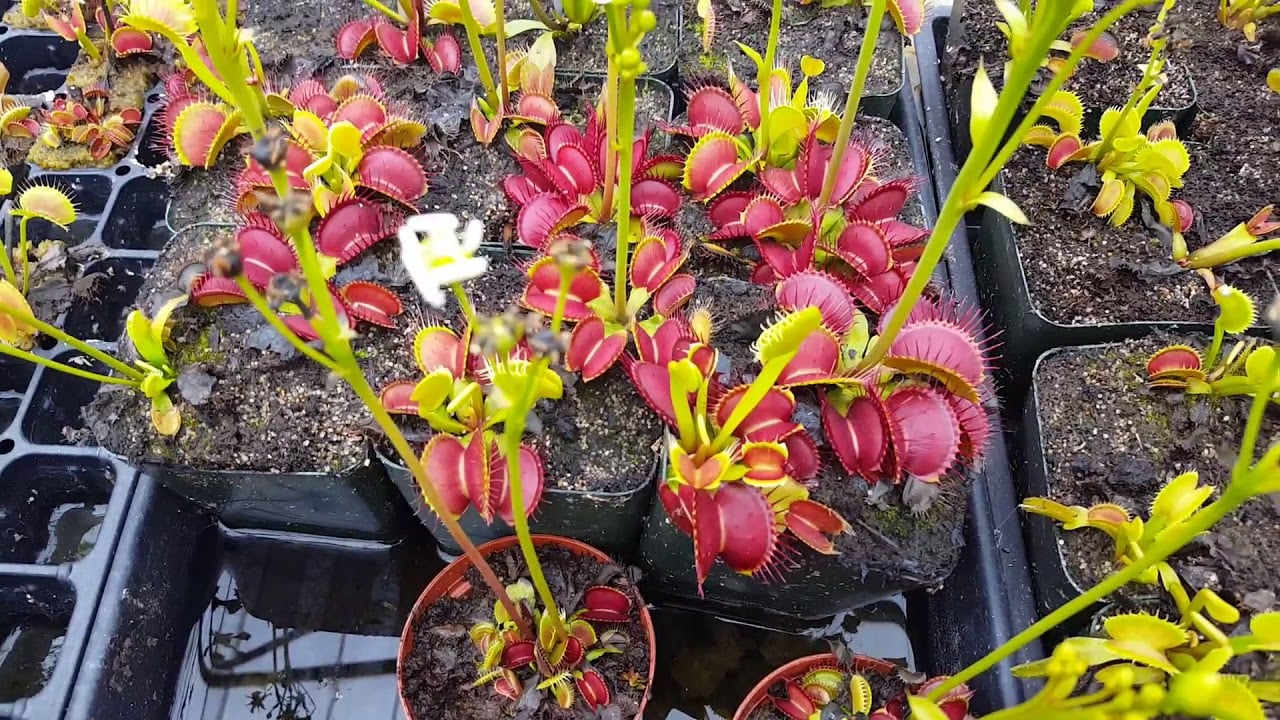
Now that you have gotten somewhat an idea of what the plant needs, let us talk about the grooming and care!
Just like most plants, the Venus flytrap also has a dormant phase. It stays in its dormant state for about 3 to 4 months. Mostly during the fall and winter. During this time, hold back a bit on the water and let your plant be. You might see a few dead leaves that have turned black. For the sake of aesthetic, you can trim those leaves off your plant.
When spring comes around, your Flytrap will start coming back to life and, it will sprout beautiful white flowers with long stalks. If you are a novice, I will suggest that you clip off the flowers to get stronger and larger traps. Don’t worry. Clipping off the flowers won’t do any harm to your plant. Its main work is to attract insects with its nectar. Since you are already feeding your venus flytrap, the flower doesn’t play any role.
But, if you plan to keep your flower, you can collect the seeds from the flowers during mid-summer.
A Venus flytrap likes moist as well as a well-draining pot mix. It’s a tight condition as you may sometimes over-water or under-water your plant. To avoid this problem altogether, always stand your pot in a one-centimeter deep water dish filled with distilled water.
Remember, you should always grow your Venus Flytrap in a pot and never directly in your garden. You can also try and grow your Flytrap inside a terrarium. It is very trendy nowadays and suits the plant well.
The weather in the UK can sometimes become a bit too dry. A flytrap prefers a bit of humidity. To maintain a suitable environment around your flytrap, you can mist your plant with lukewarm water from time to time. Some people even put polythene cover to retain moisture and control the humidity. If nothing else works, don’t be stingy and get a nice humidifier online for your baby.
Lastly, always keep an eye out for the temperature. If it gets below 20-degree Fahrenheit, it is concerning. A flytrap thrives well in a more humid and warm climate. Keep the temperature below95-degree Fahrenheit but above 35-degree Fahrenheit. When it gets below 50-degree, the plant enters the dormant phase.
A Venus flytrap lives on for 20 years or even longer. So, if you are buying one, it would be a long-term commitment. That’s why I say that getting a Flytrap is almost like getting a pet. I hope you find joy in owning a unique and rare plant species that we domesticated like most other plants that are supposed to be in the wilderness.
Before I go, let me answer the question, the one we have all been waiting for since the time I spelled the word carnivorous. The answer is a big NO. No, your Venus flytrap won’t ever eat you!


